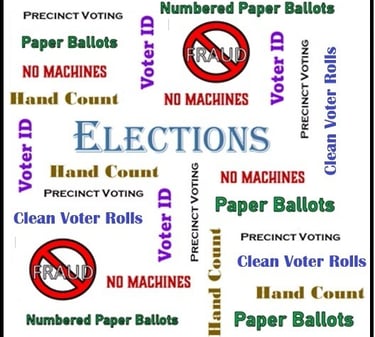The Problem with Computerized Elections
Twenty years ago the average voter could easily understand how elections were conducted. Registration and voting were almost always done in person, and voter fraud—if it occurred—was also done in person.
T. Roth
5/4/20253 min read
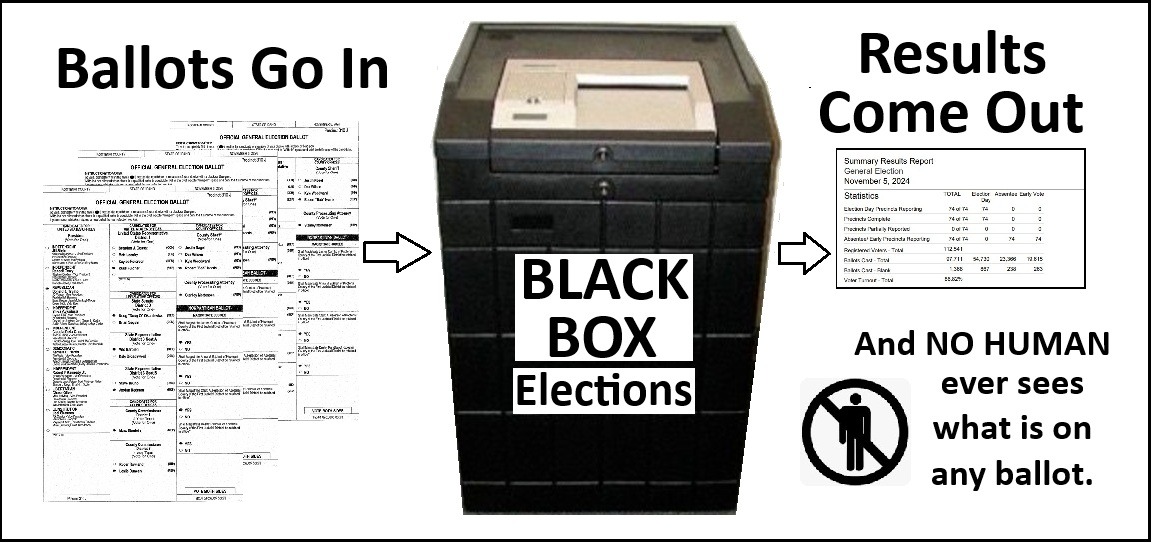

Twenty years ago the average voter could easily understand how elections were conducted. Registration and voting were usually done in person, and voter fraud—if it occurred—was also done in person, either by a fraudulent voter, or by a fraudulent vote counter.
Manual systems of voting were not perfect, but they were comprehensible. And at every step there was an auditable “paper trail”. Voter registration cards, poll books, ballots, and tally sheets were all printed and were processed by people rather than machines.
Over the last few decades, however, almost every aspect of elections has been computerized. We now have “online” voter registration, electronic poll books, electronic tabulation systems, and proprietary software for reporting results. And the computerized services that automate our elections also make them less transparent, and more baffling—especially to those who are not computer-savvy.
"Black Box" Elections
When Idaho residents vote, they almost always fill out and submit a paper ballot. But in large counties, these ballots are never read by a human. In most cases they are fed into an electronic tabulator that produces both ballot images, and “results”. But there is no way for anyone who doubts the results to verify that the ballot images produced by the computer reflect what was on the physical ballots.
Electronic Scanner-Tabulators are essentially “Black Boxes”. They process ballots, and produce "results", but there is no real visibility into how they work.
In order to assure voters that their computerized elections are legitimate, election administrators have added many levels of “certification”, “oversight”, and “Logic and Accuracy Tests” to the process. But these procedures are just as inscrutable as the computerized voting systems themselves, and none of them provide any true transparency.
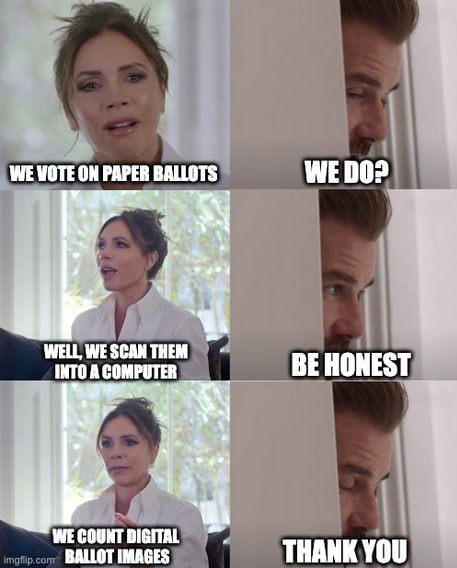

Election Security vs. Convenience
The way to prevent sophisticated, electronic, nearly undetectable election fraud is to return to a less computerized, more transparent system of elections. And this means returning to in-person, neighborhood-based elections, where transparency and verifiability are prioritized over convenience and automation!
We have to make a choice. We can have convenient, computerized, "hands-off" elections, or we can have secure, in-person, hand-counted, transparent and verifiable elections. But we cannot have both.
Virtually every innovation that relies on computers to automate election tasks, including electronic registration, electronic poll books, and electronic tabulators, makes our elections LESS transparent, and MORE susceptible to indetectable computerized election fraud.
What then, does a secure, transparent, in-person election look like?
In-person Voter Registration, with authentic photo-id, proof of residence, proof of citizenship, and a hand-signed voter registration form.
In-person Voting, with physical, printed poll books, and water-marked, uniquely identified, paper ballots.
In-person, video-taped, photo copying and hand counting of ballots—at the polling stations where they were cast.
Written, hand-signed requests for absentee ballots (including a phone number at which the voter can be reached), followed up by phone verification for every elector requesting an absentee election.
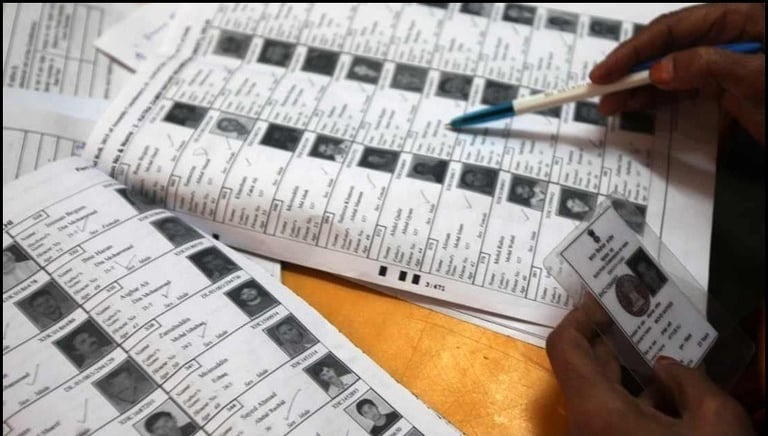

Humanized vs. Computerized Elections
There is a place for computers in elections, but they should only be used to store, retrieve, and compare election data in an entirely transparent way. They should never be used to automate the process of registration, voting, requesting absentee ballots, or tabulating the ballots cast. In other words:
No Electronic Registration—It is too easily abused by computerized fraudsters. Voters must register, and provide proof of identity, in-person. Because Idaho provides for election-day registration, there is no need to register electronically.
No Electronic Poll Books—Voters must show ID, sign in by hand, and information about who has voted must be confidential until after the polls close.
No Electronic Tabulators—Ballots must be photo-copied on a stand-alone document scanner (not hooked up to any computer), at the polling station at which they are cast. And tabulation should be done by hand, using physical ballots, not scanned images. After tabulation, the ballots must be secured in such a way that any interested party can reverify that the physical ballots match the scanned images.
No Electronic Requests for Absentee Ballots—It is too easily abused by fraudsters.
These are the reforms that are sought by Eye On Elections, a grassroots election integrity group. Eye on Elections is not affiliated with any political party or candidate, and we are working for fully transparent, fair, and easily auditable elections in Idaho.

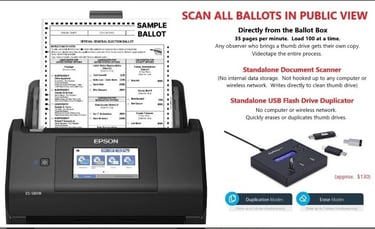
Empowering Voters
Advocating for transparent, honest, and decentralized voting systems.
Please subscribe to the Eye on Elections Newsletter.
Contact us:
© 2025. All rights reserved.

